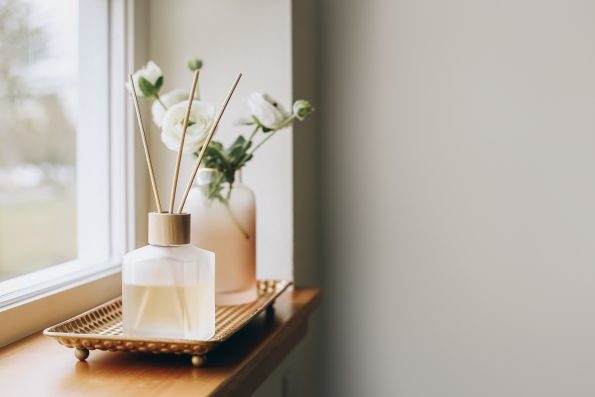Did You Know That Beeswax Can Be Used Around Your Home?

Honey already has plenty of culinary applications. This liquid gold can be paired with tea, drizzled on baked goods, or even incorporated in salad dressing.
Yet, did you ever consider how beeswax could be used around your home?
Here Are 5 Ways You Can Use It

While honey might be the part that tastes good, the potential for beeswax in your living space is arguably even sweeter. After all, it’s durable, hydrating, and insoluble in water, making it a very versatile substance that’s in countless cleaning products.
So, to skip the store-bought items and keep things natural, here are five ways you can use beeswax in your house.
Polish Your Furniture

Beeswax is actually a stellar furniture polish and sealant thanks to its water-resistant qualities.
You can easily make your own furniture polish at home, too! All you have to do is melt your beeswax and mix it with plant-based oil, such as coconut oil, in a 1:4 ratio of wax to oil.
Then, simply leave the mixture in a jar and allow it to harden before you begin buffing it on wooden furniture!
Season Your Cast-Iron Pan & Condition Your Cutting Board

Taking care of cast-iron pans can feel like a pain, but with beeswax, you can protect this coveted piece of kitchenware.
“Seasoning” a pan refers to treating it with either a layer of fat or oil. This results in a non-stick coating that’s natural and adds more flavor to your food. Rather than going the traditional fat or oil route, though, you can use beeswax! It’s eco-friendly, safe to eat, and doesn’t need to be reapplied as frequently.
On a similar note, cutting boards also need a special level of attention to prevent cracking or warping. Beeswax can come to the rescue here. Upon using your cutting board and washing it with dish soap and warm water, dry it fully. Next, grab a cloth and apply some beeswax to the board. This will condition and seal the surface! Just be sure to buff your cutting board lightly with a soft cloth afterward.
Create Your Own Air Freshener

Practically everyone loves the smell of honey, and by making a DIY air freshener, you can infuse your whole home with the delectable scent.
Start by melting beeswax, adding it to a silicone mold, and throwing in other essential oils, dried herbs, or flowers. Then, allow the mixture to harden.
Once it’s firm, you can use a hot skewer to poke a hole through the top and string twine through the hole. Finally, tie it off and hang it anywhere in your house, or even gift it to a loved one this holiday season!
Say Goodbye To Squeaky Hinges

Do you have one door in your home that drives you insane, squeaking and squawking every single time it opens or closes? Well, since beeswax is a natural lubricant, it can help you say goodbye to the incessant creaks.
You will just have to take the pins out of your door hinges and use melted beeswax to grease them. After the beeswax has hardened on the pins, you can put them back on your door hinges.
If you test your door and find there’s still a squeak, repeat the process to create beeswax layers on the pins.
Make Your Shoes And Boots Waterproof

Last but not least, with the winter months right around the corner, beeswax can help save your shoes from water damage.
Simply warm up some beeswax and use your hands or a soft cloth to rub it onto your shoes. Make sure your footwear is clean first, too.
You’ll want to focus the beeswax application on your shoes’ creases and seams. Once the beeswax has cooled down, you’ll be left with a firm and waterproof barrier!


